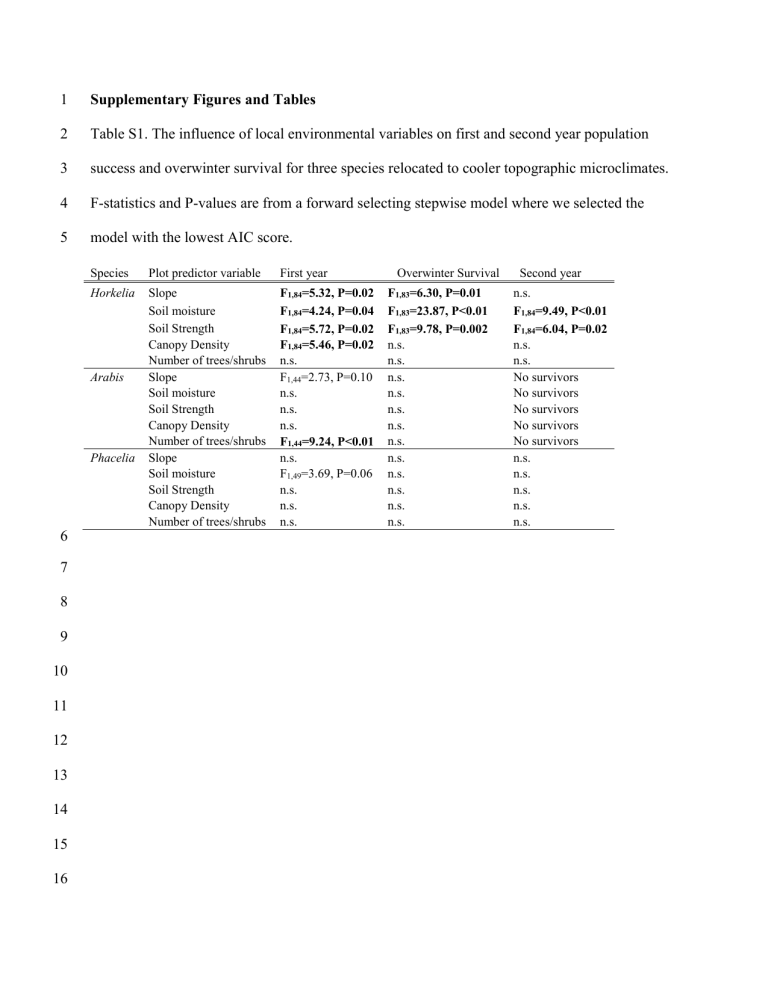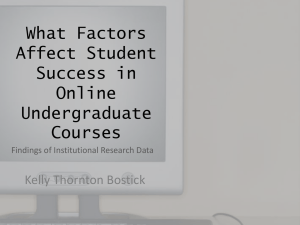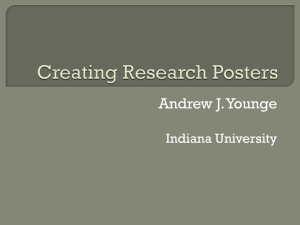ele12272-sup-0004-Supplementarymaterial

1 Supplementary Figures and Tables
2 Table S1. The influence of local environmental variables on first and second year population
3 success and overwinter survival for three species relocated to cooler topographic microclimates.
4 F-statistics and P-values are from a forward selecting stepwise model where we selected the
5 model with the lowest AIC score.
6
7
Species Plot predictor variable First year Overwinter Survival Second year
Horkelia Slope F
1,84
=5.32, P=0.02
F
1,83
=6.30, P=0.01 n.s.
Soil moisture F
1,84
=4.24, P=0.04 F
1,83
=23.87, P<0.01 F
1,84
=9.49, P<0.01
Arabis Slope
Soil moisture
Soil Strength
Soil Strength
Canopy Density
F
1,84
=5.72, P=0.02 F
1,83
=9.78, P=0.002 F
1,84
=6.04, P=0.02
F
1,84
Number of trees/shrubs n.s.
=5.46, P=0.02 n.s. n.s. n.s. n.s.
Canopy Density
Number of trees/shrubs
F
F
1,44 n.s. n.s. n.s.
1,44
=2.73, P=0.10
=9.24, P<0.01 n.s. n.s. n.s. n.s. n.s.
Phacelia Slope
Soil moisture
Soil Strength
Canopy Density n.s.
F
1,49 n.s.
n.s.
Number of trees/shrubs n.s. n.s.
=3.69, P=0.06 n.s. n.s. n.s. n.s.
No survivors
No survivors
No survivors
No survivors
No survivors n.s. n.s. n.s. n.s. n.s.
8
9
10
11
12
13
14
15
16
17
18 Figure S1. (a) Geology of the study area (modified after Ramp & Peterson 1979). Upper left
19 inset: study area location near Oregon-California border (after Irwin 1966, 1981). Inset key: CM,
20 central metamorphic belt; EK, eastern Klamath belt; KJ, Cretaceous and Jurassic rocks
21 undifferentiated; QT, Quaternary and Tertiary rocks undifferentiated; WJ, western Jurassic belt;
22 WMP, western Mesozoic and Paleozoic belt. Map key: Ks, Cretaceous sedimentary rocks; Js,
37
38
39
40
41
32
33
34
35
36
23 Jurassic metasedimentary rocks; Jvs, Jurassic metasedimentary and metavolcanic rocks; JTrvs,
24 Early Jurassic and Triassic metasedimentary and metavolcanic rocks; TQs, Tertiary (minor) and
25 Quaternary sediments; UM, ultramafic and related rocks, includes peridotite and serpentinite.
26 Heavy weight lines with barbs (dashed or dotted where uncertain or hidden) indicate thrust
27 faults; Dashed line, highway.
28
29
30
31
42
43
44
45
First year
1.50
1.25
(a) Phacelia
N
S
X
1.00
0.75
0.50
0.25
0.00
400 600
Overwinter
100 (d) Phacelia
75
N
S
X
800
0.25
0.20
(b) Horkelia
N
S
X
0.15
0.10
1000 1200
0.05
1400
0.00
400 600 800 1000 1200
0.30
(c) Arabis
0.25
0.20
0.15
0.10
0.05
1400
0.00
400 600
100
75
(e) Horkelia
N
S
X
100
75
(f) Arabis
N
S
X
800 1000 1200 1400
N
S
X
50 50 50
25 25 25
0
400 600
Second year
1.50
1.25
(g) Phacelia
N
S
X
1.00
800
0.75
0.50
0.25
0.00
400 600
1000 1200
800 1000 1200
Elevation (m)
1400
0
400 600 800 1000 1200 1400
0
400 600
0.8
0.6
(h) Horkelia
N
S
X
X
0.4
0.2
1400
0.0
400 600 800 1000
Elevation (m)
1200
0.30
(i) Arabis
0.25
0.20
0.15
0.10
0.05
1400
0.00
400 600
800 1000 1200 1400
N
S
X
800 1000
Elevation (m)
1200 1400
46
47 Figure S2. First year population success (a-c) calculated as summed biomass of all individuals
48 within a plot), percent overwinter survival (d-f) and second year population success (g-i) in
49 relation to aspect and elevation in neighbor removal sub-plots. For graphing purposes we present
50 site means to better illustrate patterns, but analyses were conducted on plot data. A significant
51 positive relationship between population success and elevation and/or a significantly higher
52 population success on north-facing aspects indicates that relocated species do better in cooler
53 environments. Vertical dashed lines represent current upper elevation range limit for the three
54 target species; North-facing aspects (N: white symbols, black dashed line) south-facing aspect
55 (S: grey symbols, grey line) and non-aspect sites (X: black symbols); Black solid lines represent
56 regressions when all three aspects (N, S, X) are combined.
30 (a) Phacelia
25
20
15
10
5
0
400 600 800
0.50
0.25
(d) Phacelia
N
S
X
N
S
X
1000 1200 1400
80
70
(b) Horkelia
60
50
40
30
20
10
0
400 600 800
0.50
(e) Horkelia
0.25
N
S
X
30 (c) Arabis
25
20
15
10
5
0
400 600 1000 1200 1400
N
S
X
0.50
(f) Arabis
0.25
N
S
X
800 1000 1200 1400
N
S
X
0.00
-0.25
0.00
-0.25
0.00
-0.25
57
58
-0.50
400 600 800 1000 1200 1400
-0.50
400
Elevation (m)
600 800 1000 1200 1400
Elevation (m)
-0.50
400 600 800 1000 1200 1400
Elevation (m)
Figure S3. Mean species responses at early life stages (% germination and logRR at germination)
59 on north-facing (white circles, dashed lines) south-facing (grey circles, grey line) and non-aspect
60 (black circles) sites along the elevation gradient. Here we used the same analysis (GLMM:
61 aspect, elevation, and the interaction between aspect and elevation, site as a random factor) as we
62 did with population success. Horkelia and Phacelia germination were higher on north aspects >
63 700m. Arabis responses were not strongly influenced by aspect, but were influenced by elevation
64 with little germination or survival and lower biomass at higher elevations. Neighbors had a
65 positive effect on the germination of Phacelia at higher elevations. Neighbors had no effect on
66 germination of Horkelia or Arabis . Black vertical dashed lines show upper elevational range
67 limit for each species. For graphing purposes we present site means to better illustrate patterns,
68 but analyses were conducted on plot data.
69








